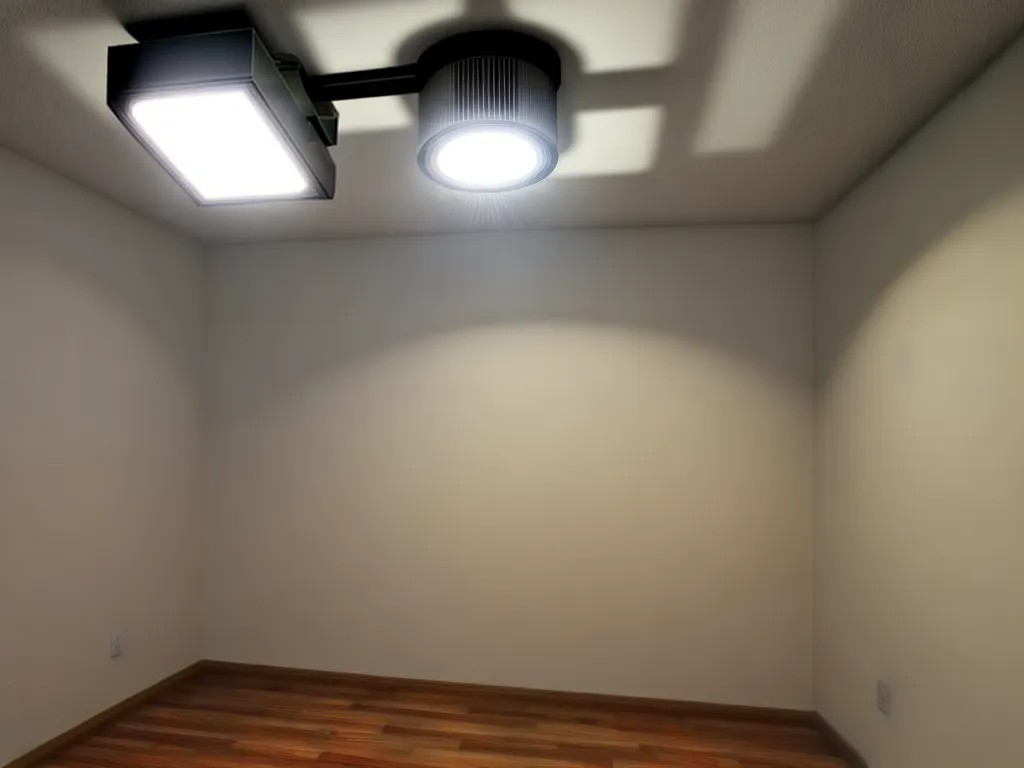
Introduction
Transitioning from traditional lighting to LED lighting can significantly reduce lighting costs in commercial and residential settings. LED (light emitting diode) lighting has become more affordable and energy efficient in recent years. Replacing outdated lighting with LEDs provides an easy way to cut energy use and expenses. This article will examine the benefits of LED retrofits and provide tips on maximizing cost savings.
LED Retrofit Basics
A lighting retrofit refers to upgrading an existing lighting system by replacing older light fixtures and bulbs. Some key advantages of LED retrofits include:
-
Energy savings - LEDs use up to 80% less energy than traditional incandescent bulbs. They last 3-25 times longer than other lighting.
-
Reduced maintenance - The long lifespan of LEDs minimizes the need to frequently replace bulbs.
-
Improved light quality - LEDs provide brighter, crisper light. Light is directed where needed without glare.
-
Utility rebates - Many utility companies offer rebates to encourage LED retrofits. This improves return on investment.
-
Environmental benefits - LEDs contain no hazardous materials. Using less energy reduces carbon emissions.
Calculating Cost Savings
Performing some simple calculations helps determine potential cost reductions from an LED retrofit. Consider the following factors:
Wattage Reduction
-
Compare wattages of existing bulbs to appropriate LED replacements.
-
LEDs use up to 80% less wattage for similar light output.
-
A 60W incandescent might be replaced by a 9W LED bulb.
Operating Hours
-
Estimate the number of hours per day and days per year lighting is used.
-
Most commercial settings use lights 12+ hours per day.
Energy Costs
-
Check utility rates and calculate cost per kilowatt hour (kWh).
-
This helps determine current and future lighting energy costs.
Rebates and Incentives
-
Research available utility company rebates and tax/financial incentives.
-
These can offset 25-75% of retrofit costs to improve ROI.
How to Calculate Lighting Cost Savings
Follow these steps to accurately calculate potential savings from an LED retrofit:
1. Document Existing Lighting
-
Note locations, bulb types, wattages and estimated ages of all existing lighting.
-
Also track current costs like energy use, bulb replacement and maintenance.
2. Select LED Replacements
-
Choose appropriate LED bulbs or fixtures to replace existing lighting.
-
Match light color, brightness and distribution to original lighting.
3. Compare Wattages
-
Contrast wattages of original bulbs versus new LED replacements.
-
Calculate wattage savings for each location to determine energy reduction.
4. Calculate Energy Savings
-
Multiply wattage savings by usage hours for yearly kWh reduction per fixture.
-
Factor in energy costs to determine projected annual savings per location.
5. Total Savings and Payback Period
-
Add up savings across all upgraded lighting to determine total cost reduction.
-
Compare to retrofit costs to find simple payback period.
6. Account for Rebates and Incentives
-
Research available utility rebates, tax credits and lighting discounts/incentives.
-
Factor these into calculations to improve ROI.
7. Consider Maintenance Savings
-
LEDs last much longer than traditional lighting, reducing maintenance costs.
-
Determine bulb and labor replacement savings over LED lifespan.
Tips for Maximizing LED Retrofit Savings
Follow these tips to maximize cost reductions from an LED lighting upgrade:
-
Conduct an audit - Thoroughly survey existing lighting to identify every upgrade opportunity.
-
Take advantage of rebates - Rebates can cover 25% or more of project costs.
-
Buy in bulk - Purchasing LEDs in bulk quantities can significantly lower costs.
-
Consider lighting controls - Adding lighting sensors, timers, and dimmers boosts energy savings.
-
Hire a professional - Lighting experts can ensure optimal ROI on retrofit projects.
-
Dispose of old bulbs properly - Recycling spent bulbs keeps hazardous waste out of landfills.
-
Consider retrofit financing - Loans or power-purchase agreements allow for retrofits without upfront costs.
Conclusion
Upgrading from inefficient lighting to LEDs can yield significant long-term reductions in energy use and costs. Following the calculations and tips outlined above allows you to accurately estimate and maximize savings from an LED retrofit project for your home or business. Smart use of lighting controls and rebates further improves return on investment. Contact your electric utility and lighting professionals to explore LED retrofit opportunities suited to your needs.